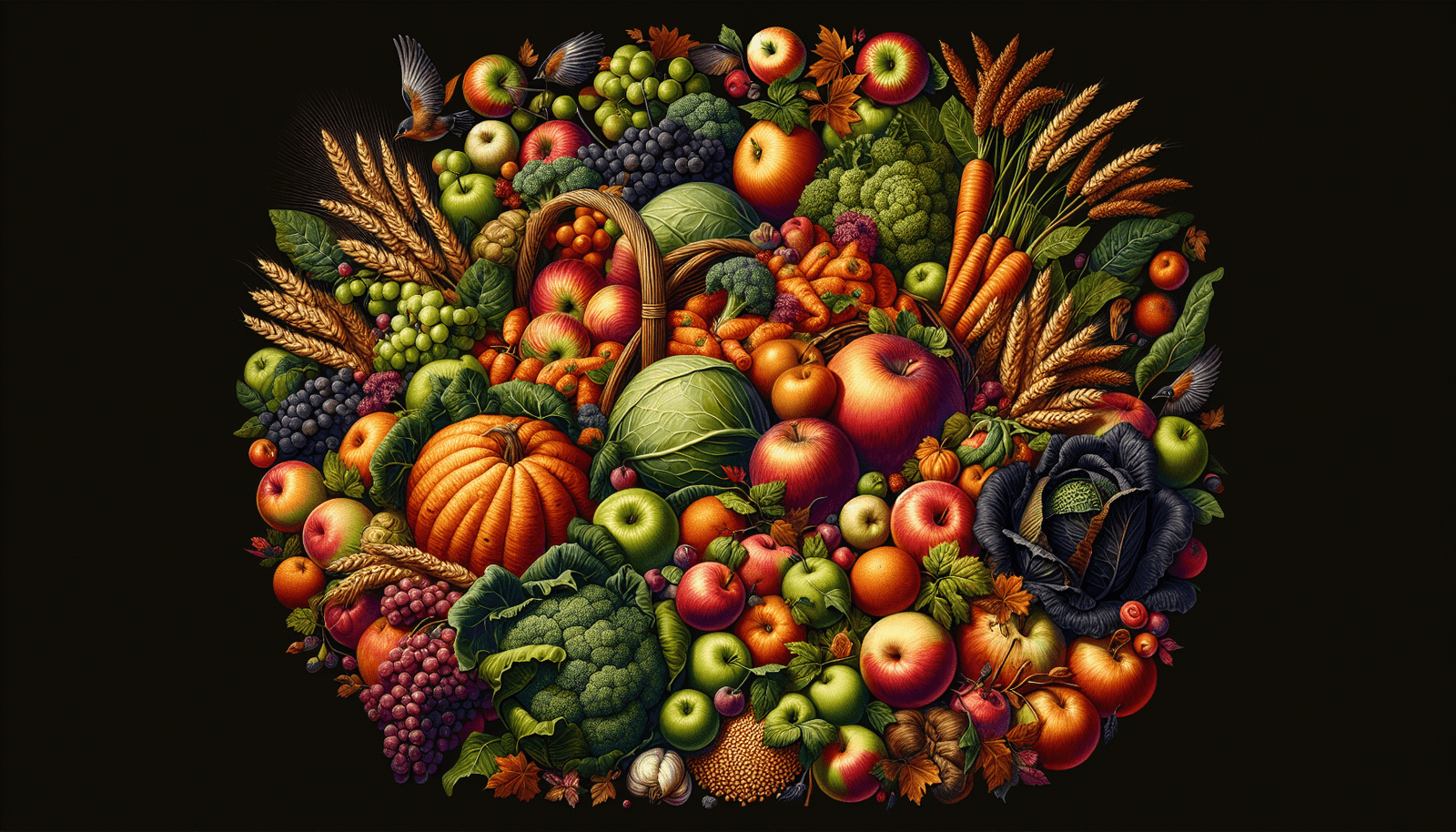Imagine stepping back in time to the North Carolina colony. As you explore the rich history of this early American settlement, one question lingers in your mind: what did they eat? Delving into the culinary traditions of the North Carolina colony reveals a fascinating blend of European and Native American influences, resulting in a diverse and flavorful menu. From mouthwatering seafood delicacies sourced from the surrounding coastal waters to hearty meals made with locally grown vegetables and fruits, the North Carolina colonists’ diet was as vibrant as the land they called home. Let’s journey together into the past and discover the delectable food that sustained the North Carolina colony.
Introduction
Welcome to a journey back in time to explore the diverse and flavorful food of the North Carolina colony. As a resident of the colony, your meals would have been influenced by various cultures, including Native American tribes, British settlers, and African enslaved people. Let’s delve into the fascinating culinary landscape of the North Carolina colony and discover the ingredients, cooking techniques, and flavors that shaped this vibrant colonial cuisine.
Native American Influence
The Native American tribes had a profound impact on the food culture of the North Carolina colony. Their rich culinary traditions enriched the colony’s cuisine with unique flavors and ingredients. Corn and beans played a significant role as staple foods, forming the foundation of many meals. Native Americans were skilled hunters and fishermen, and their expertise in utilizing wild game and fish in their meals greatly influenced the culinary practices of the colonists.
British Influence
With the arrival of British settlers, the North Carolina colony experienced the introduction of British-style cooking. English ingredients and techniques became prevalent in colonial kitchens, adding new dimensions to the culinary landscape. The British settlers brought with them their love for meat and seafood, which became essential components of the colonial diet. Roasts, stews, and seafood dishes became increasingly popular in the North Carolina colony, reflecting the influence of British cuisine.
Agriculture and Farming
Agriculture played a crucial role in food production in the North Carolina colony. The fertile soil, favorable climate, and abundance of water resources allowed for the cultivation of various crops. Corn, tobacco, and rice were among the primary crops grown in the colony. Tobacco, in particular, emerged as a significant cash crop, shaping the economy and food culture of North Carolina. The cultivation of crops ensured a steady supply of grains and produce, supporting the colony’s food security.
Dietary Staples
Certain foods emerged as staples in the North Carolina colony, serving as everyday ingredients in colonial meals. Cornmeal, derived from the Native American influence, served as a versatile staple ingredient. It was used to make bread, porridge, and even alcoholic beverages. Rice cultivation also became prominent, especially in the coastal regions of North Carolina, leading to the incorporation of rice in various dishes. Pork gained immense significance in colonial meals and became a common protein source due to the abundant availability of pigs.
Food Preservation
In an era without modern refrigeration, the North Carolina colonists had to rely on various techniques to preserve their food. Smoking, salting, and pickling were popular preservation methods used to extend the shelf life of meat, fish, and vegetables. These techniques not only ensured food safety but also imparted unique flavors to the preserved items. Drying and storing food for long-term use was another common practice, allowing the colonists to have access to food during winter months or long voyages.
Influence of African Enslaved People
The profound influence of African enslaved people cannot be overstated in shaping the culinary landscape of the North Carolina colony. Enslaved Africans brought with them diverse culinary knowledge, which proved instrumental in creating unique dishes and flavors. African ingredients such as okra, yams, and African cooking techniques such as stewing and spicing enriched North Carolina cuisine. The fusion of African, Native American, and British culinary traditions resulted in a vibrant and eclectic colonial food culture.
Fruits and Vegetables
The North Carolina colony was blessed with an abundance of fruits and vegetables. The fertile soil offered favorable conditions for cultivation, allowing for a variety of fruits and vegetables to thrive. Apples, peaches, strawberries, and melons were among the popular fruits grown in the colony. Vegetables such as beans, peas, cabbage, and potatoes played a vital role in daily meals, offering essential nutrients and flavors to colonial dishes.
Beverages
Alcoholic beverages held great importance in colonial society, and the North Carolina colony was no exception. Brewing beer and cider was a common practice in households and taverns alike. Locally sourced ingredients such as corn, barley, and apples were used to create these alcoholic beverages. Drinking habits and traditions varied, with individuals enjoying beverages at meals, social gatherings, and taverns, providing an avenue for community bonding and relaxation.
Seasonings and Flavors
The selection and use of herbs and spices greatly influenced the flavor profiles of colonial cuisine in the North Carolina colony. Herbs such as thyme, rosemary, and parsley, alongside spices like cinnamon, nutmeg, and ginger, were employed in various dishes to enhance taste and aroma. Salt and pepper were prevalent seasonings, offering a savory and pungent dimension to colonial meals. Flavor preferences in the colony reflected the fusion of culinary traditions, resulting in a unique blend of tastes that characterized North Carolina colonial cuisine.
As you can see, the food of the North Carolina colony was a captivating blend of Native American, British, and African culinary influences. The availability of diverse ingredients, the impact of farming and agriculture, and the preservation techniques used all contributed to a rich and flavorful colonial food culture. Whether it was the staple foods like cornmeal and pork, the preserving methods, or the fusion of ingredients and flavors, the North Carolina colony embraced a diverse and vibrant culinary heritage that continues to captivate us today.
